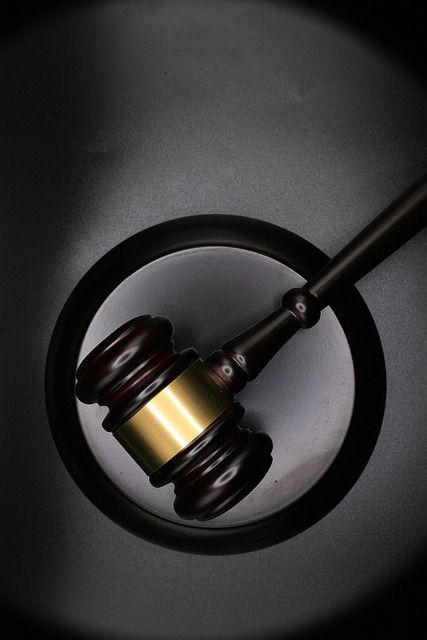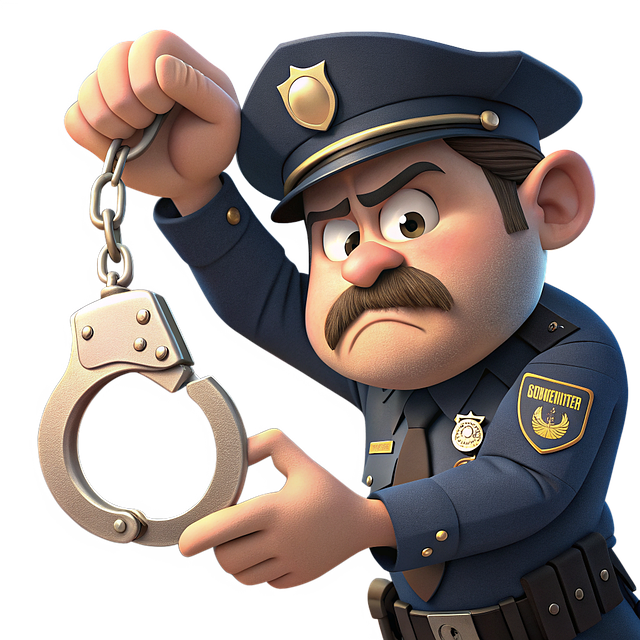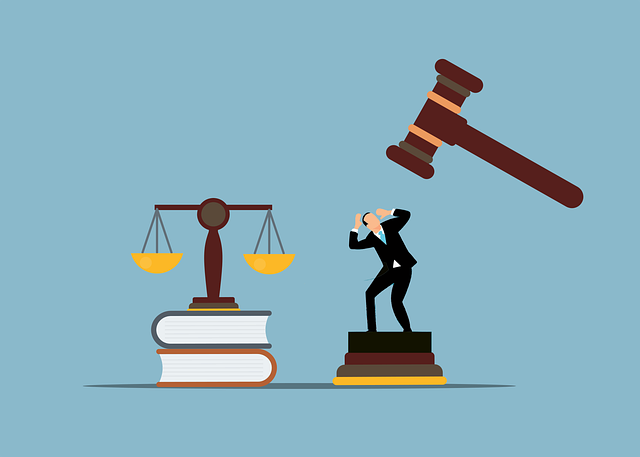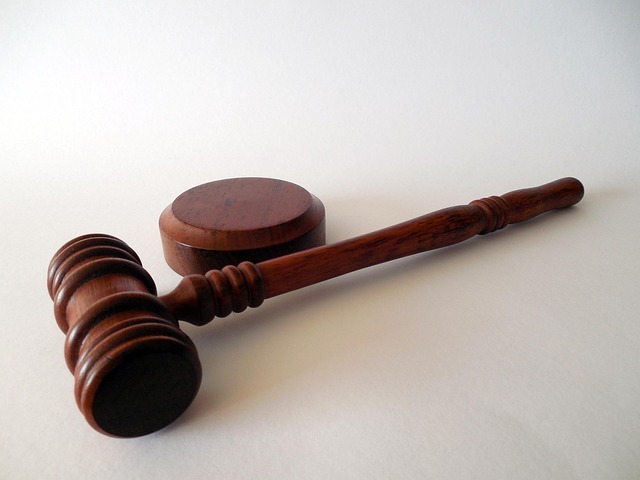Understanding consumer protection laws is crucial before considering legal action, as they guard against unfair business practices related to product liability, advertising, pricing transparency, and data privacy. To file an intellectual property lawsuit, gather evidence of violations (contracts, records, communications, expert opinions), document financial losses, and consult a specialized attorney. The strategic selection of the legal venue is also key, impacting outcome and convenience based on jurisdiction and party interactions. After filing, serve process, exchange information during discovery, negotiate, or proceed to trial where a judge/jury determines the outcome. These steps protect consumer and business rights under relevant laws.
Consumer protection suits are vital tools for ensuring businesses uphold ethical standards and safeguard consumer rights. This comprehensive guide navigates the intricate process of filing a consumer protection lawsuit, from understanding your legal rights to gathering evidence and choosing the right venue. We delve into identifying intellectual property infringements, crucial steps after filing, and essential considerations throughout the legal process. By following these steps, individuals can empower themselves to take action against unfair practices and protect their interests.
- Understanding Consumer Protection Laws and Your Rights
- Identifying Violations: Recognizing Intellectual Property Infringement
- Gathering Evidence: What You Need to Support Your Claim
- Choosing the Right Legal Venue and Filing Your Suit
- Navigating the Legal Process: Steps After Filing a Consumer Protection Lawsuit
Understanding Consumer Protection Laws and Your Rights
Understanding Consumer Protection Laws and Your Rights is a crucial first step when considering a Consumer Protection Suit. These laws are designed to safeguard individuals from unfair, deceptive, or hazardous practices in their dealings with businesses. They cover a wide range of issues, including product liability, advertising claims, pricing transparency, and data privacy. As a consumer, you have the right to be informed, to make choices without manipulation, and to receive products or services that meet certain standards. Familiarize yourself with your rights under these laws, as they vary by jurisdiction.
If you believe a business has violated these protections, Steps to File Intellectual Property Lawsuit include gathering evidence of the violation, documenting financial losses or damages, and consulting with an attorney specializing in consumer protection law. A successful lawsuit can not only restore your rights but also send a message to other businesses about the importance of ethical practices. Remember, having an unprecedented track record in white-collar defense for his clients demonstrates legal expertise and commitment to protecting individual rights.
Identifying Violations: Recognizing Intellectual Property Infringement

Identifying violations is a crucial step when considering a consumer protection suit, especially regarding intellectual property (IP) infringement. This can involve recognizing unauthorized use or reproduction of copyrighted materials, trademarks, or patents by businesses or individuals. IP rights are designed to protect the unique creations and innovations of entrepreneurs and inventors, ensuring they receive credit and financial benefits from their work.
When an IP right is infringed upon, whether through counterfeiting, copyright piracy, or trademark dilution, it can lead to significant legal repercussions for the offender. The affected party may choose to take proactive measures by following the steps to file an intellectual property lawsuit, which often involves consulting with legal experts specializing in white-collar and economic crimes. These high-stakes cases require a strategic approach, as they can involve complex issues and substantial financial losses.
Gathering Evidence: What You Need to Support Your Claim

When preparing a consumer protection suit, gathering compelling evidence is paramount to supporting your claim. This involves amassing documentation that demonstrates the violation of consumer rights, such as contracts, purchase records, and any communication between the consumer and the business. Additionally, witness testimonies and expert opinions can significantly strengthen your case. It’s crucial to meticulously organize and preserve this evidence throughout all stages of the investigative and enforcement process.
For complex or high-stakes cases, legal professionals may need to delve deeper into financial records, market analyses, and industry standards to build a robust strategy. This detailed preparation is essential in ensuring that your case stands out during potential jury trials, where clear and concise evidence presentation can sway public opinion and lead to favorable outcomes.
Choosing the Right Legal Venue and Filing Your Suit

When initiating a consumer protection suit, one of the initial yet pivotal steps is selecting the appropriate legal venue. This involves careful consideration as the chosen location can significantly impact the outcome and convenience of the proceedings. The court where you file your case should have jurisdiction over both parties and the subject matter at hand. It’s crucial to assess factors like the defendant’s physical presence in a particular region, the location where fraudulent activities occurred, or where the aggrieved party resides.
The process begins with gathering comprehensive evidence, meticulously documenting interactions with the defendant, and identifying relevant laws that protect consumers from such violations. Once prepared, you can file your suit through proper legal channels, following the steps to initiate an Intellectual Property Lawsuit. A strategic approach, including a thorough understanding of the jurisdiction rules and the potential for winning challenging defense verdicts, can set the stage for a successful outcome in white-collar defense cases.
Navigating the Legal Process: Steps After Filing a Consumer Protection Lawsuit

After filing a Consumer Protection Lawsuit, navigating the legal process involves several crucial steps. The initial phase focuses on service of process, where the defendant is legally notified of the lawsuit. This ensures they are aware of the pending case and have the opportunity to respond within the specified time frame. Once served, the defendant must file an answer, a formal response to the allegations, within a set deadline. This is a critical stage as it forms the basis for further legal arguments.
The next steps involve discovery, where both parties exchange relevant information and documents. This process allows plaintiffs to gather evidence supporting their case while defendants can present their defense. Throughout this period, legal teams may also engage in negotiations, aiming for a settlement out of court. If these efforts prove unsuccessful, the case advances to trial, where a judge or jury decides the outcome. Ultimately, the goal is to achieve a favorable verdict, leading to a complete dismissal of all charges against the respective business. This process serves as a safeguard for corporate and individual clients, ensuring their rights under consumer protection laws are upheld.
Consumer protection suits are a vital tool for holding businesses accountable and safeguarding individual rights. By understanding your legal options, identifying violations, gathering strong evidence, and selecting the appropriate legal venue, you can effectively navigate the process of filing an intellectual property lawsuit. Each step, from recognizing infringements to the subsequent legal procedures, plays a crucial role in ensuring justice and compensation for any harm caused by unlawful practices. Remember, knowing your rights and taking proactive measures is key to protecting yourself and fostering a fair marketplace.






